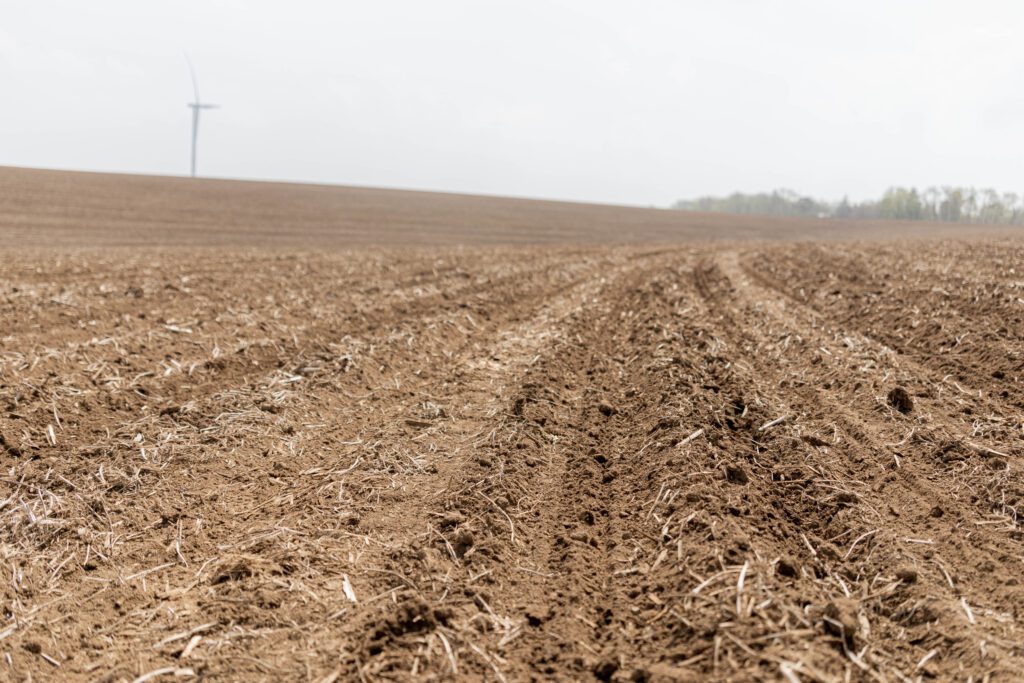By Jerry Hartsock & Dakota Miller, Cutting Edge Consulting & Research Services
April 10, 2024
When this newsletter was written, soybeans have already been planted in several midwestern states. Snow has also since fallen and accumulated in Nebraska, Iowa, Minnesota, Wisconsin, and Illinois! We are firm believers that planting soybeans early AND when it is FIT with the right conditions/scenarios is a good tactic to raise soybean yields. On the other hand though, we hate replanting soybeans. Waiting until it is “right” includes utilizing fully treated soybeans with ILEVO® to help fend off disease, insects, and other potential risks that come with early planting. We also prefer not to have harsh pre-emergent herbicides on prior to planting, as those can bring on potential stress as the crop germinates and emerges. If these fields that are already planted happen to emerge, they are still at risk of being frozen off in the later part of April. If you are looking to push soybean yields here are some other tactics to consider:
- Set a higher yield goal (70 bpa+) and plan, plant, and fertilize to obtain these goals.
- Plant with a row unit that can accurately meter seed, open a trench, and close it with excellent seed to soil contact. We really like the results we get from planting in 15-22” rows with a variable rate planting prescription in our variable soil types and topographies. To ensure best emergence of early planted soybeans, target 50 degree soil temperatures and confirm the short-term forecast doesn’t include harsh or unfavorable conditions for germination.
- Have a separate soybean planter so both corn and soybeans can be planted simultaneously when the best conditions and dates coincide.
- Fully treat seed with great emergent qualities – variety choice and placement are also key for soybean success in whatever management system you use.
- Control weeds early and often with safe herbicides.
- Consider elite fungicides, insecticides, and PGR’s to lower stress and maximize yields.
- Feed and fertilize soybeans to their needs with in-season foliar nutrition as a tool to break through your current yield plateaus (tissue sampling can help identify trends for the year on nutritional needs).
- Harvest at 14% moisture with a draper head.
- Spread residue evenly starting at the combine to begin setting up the next crop.
A lot of people say soybeans can adapt, and they can, but to average yields. Extra steps like those listed above are going to be needed to break yield goals and drive your averages up.
Profitable Corn Production
Most of the yield potential in corn is determined EARLY. Conditions at planting, emergence, and through V5/V6 when rows around the ear are determined, add up to probably 90% of yield potential being set.
At $5.00/bu. corn, breakeven for many will be 180-185 bpa. At $4.50/bu., it is closer to 200-205 bpa. It is imperative to do EVERYTHING possible to maximize yields for profit. When the commodity price per bushel is where it’s currently at, that means planting with impeccable standards on every acre and everyday becomes even more important.
Placing early nutritional products near the seed with the planter is an efficient way to supply some early nitrogen, sulfur, phosphorus, zinc, etc. Cutting back on key inputs like fertilizer (nitrogen especially) will almost guarantee yields going backwards or at minimum limiting the upside potential of yields. To be efficient and drive higher yields, it is best to feed with an early, mid, and late-season source of nitrogen and sulfur. Those recommending the strategy of lowering input costs per acre to deal with lower commodity prices generally don’t know how to increase yields like we believe in at AgVenture.
Don’t cut out or defer to lesser corn fungicide products either. The 2023 growing season for many of us was much dryer than normal, with overall less or low disease pressure. Even then, elite fungicide products commonly added 20-30 more bushels per acre. A much greater response to R1 fungicide applications when elite products are used and applied at the correct time is a trend we routinely see with farms who plan better, plant better, fertilize well (including a well-rounded nitrogen program) and control weeds early and all season. AgVenture refers to the high yielding tactics we utilize as part of the Maximum Profit System™, and it is all the practices, details, and extra effort that creates these success stories.
It all comes together as a planned system. No one hybrid, practice, fertilizer, or product is going to be a silver bullet; rather a management plan must come together for all the pieces to fit into your operation and create your vision of success.
Have a great and safe start to planting!
ILVEO® is a registered trademark of BASF. Opinions expressed and any recommendations mentioned are of Cutting Edge Consulting & Research Services and its employees.
